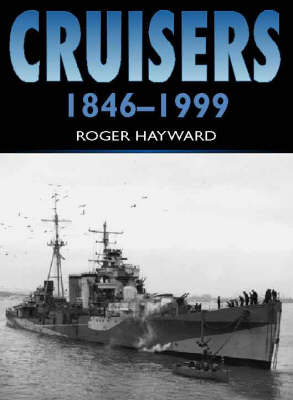In camera
1 total work
The cruiser is arguably the most aesthetically pleasing of warships: those with four sloping funnels - the "Arethusas" and "Carolines" and the Hawkins class - all have immediate appeal for the enthusiast, while the Amphion class of 1934 ranks among the most graceful and balanced warships ever designed. As a category, the cruiser sat clearly between capital ships and flotilla craft, but in both size and armament it showed a wider range of variation than either of the other categories. No British cruisers were laid down after 1942 and it is unlikely that any cruiser will ever again be built for the Royal Navy. This volume brings together a varied selection of photographs from archives around the world to review the development of British and Commonwealth cruisers. Particular emphasis has been placed on those classes which served in the two World Wars. Earlier landmark designs - the first iron, steel and mastless classes - are also considered, together with ships completed after World War II and those transferred to other navies. Such developments as anti-aircraft armament, deceptive and cryptic paint schemes, and, in the later ships, the growing importance of radar, are highlighted.
Some of the photographs were taken during actual wartime operations from World War I to Korea. Illustrated with over 200 photographs and supported by detailed captions, the book offers a wealth of information for those interested in the crusier classes of the British and Commonwealth navies.
Some of the photographs were taken during actual wartime operations from World War I to Korea. Illustrated with over 200 photographs and supported by detailed captions, the book offers a wealth of information for those interested in the crusier classes of the British and Commonwealth navies.
